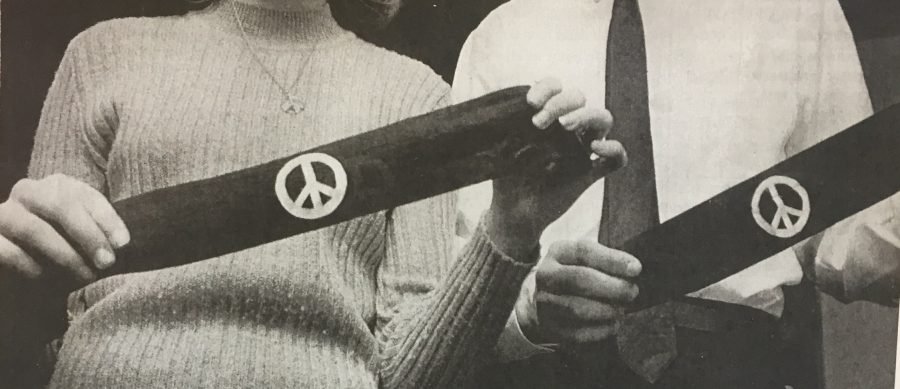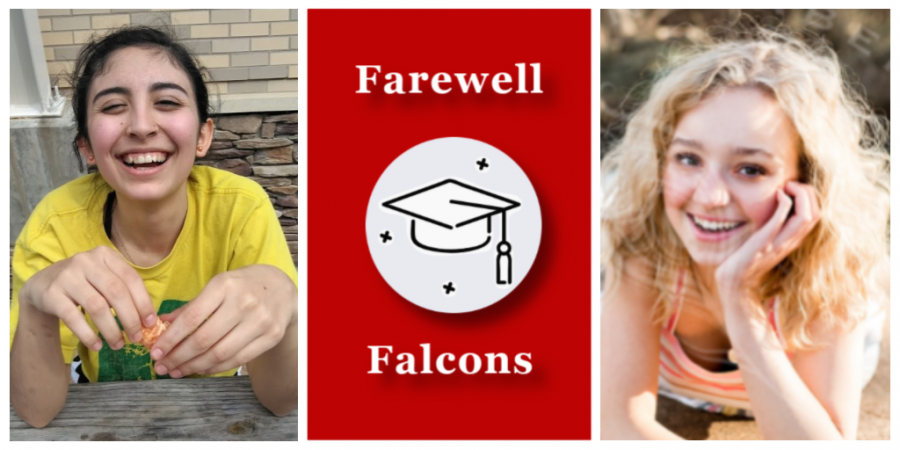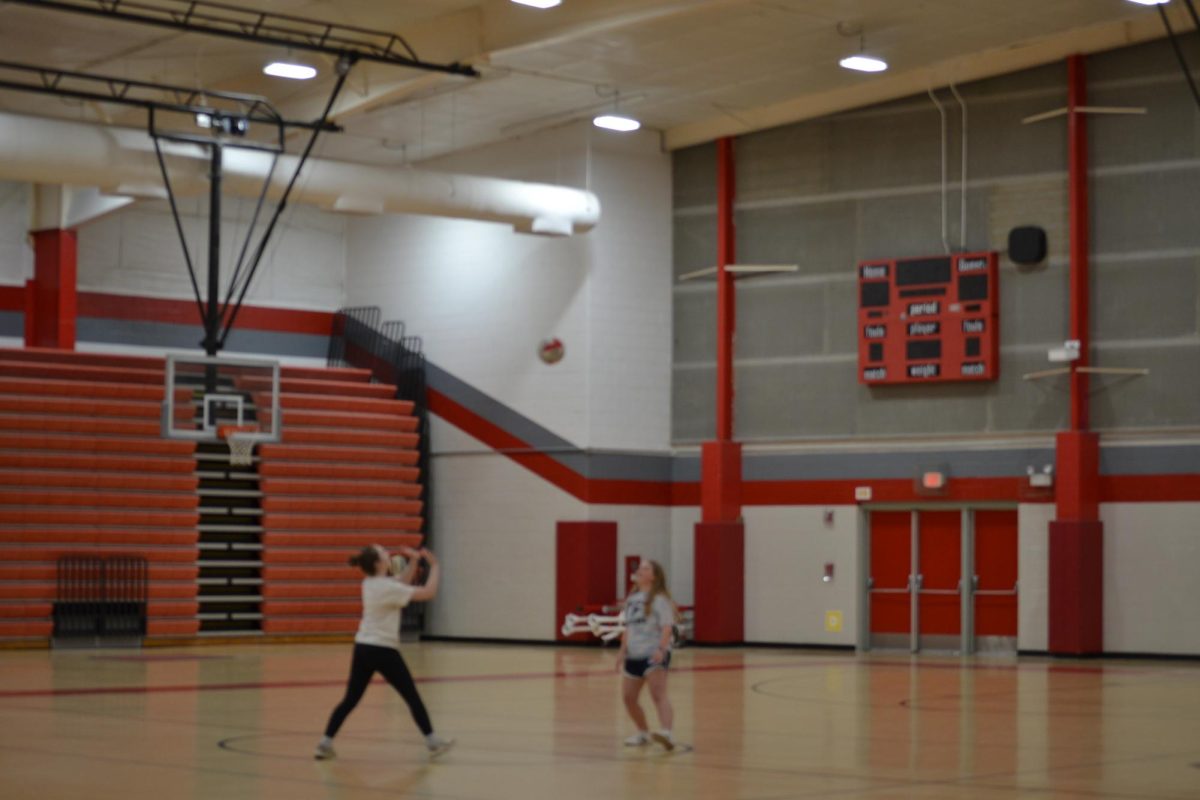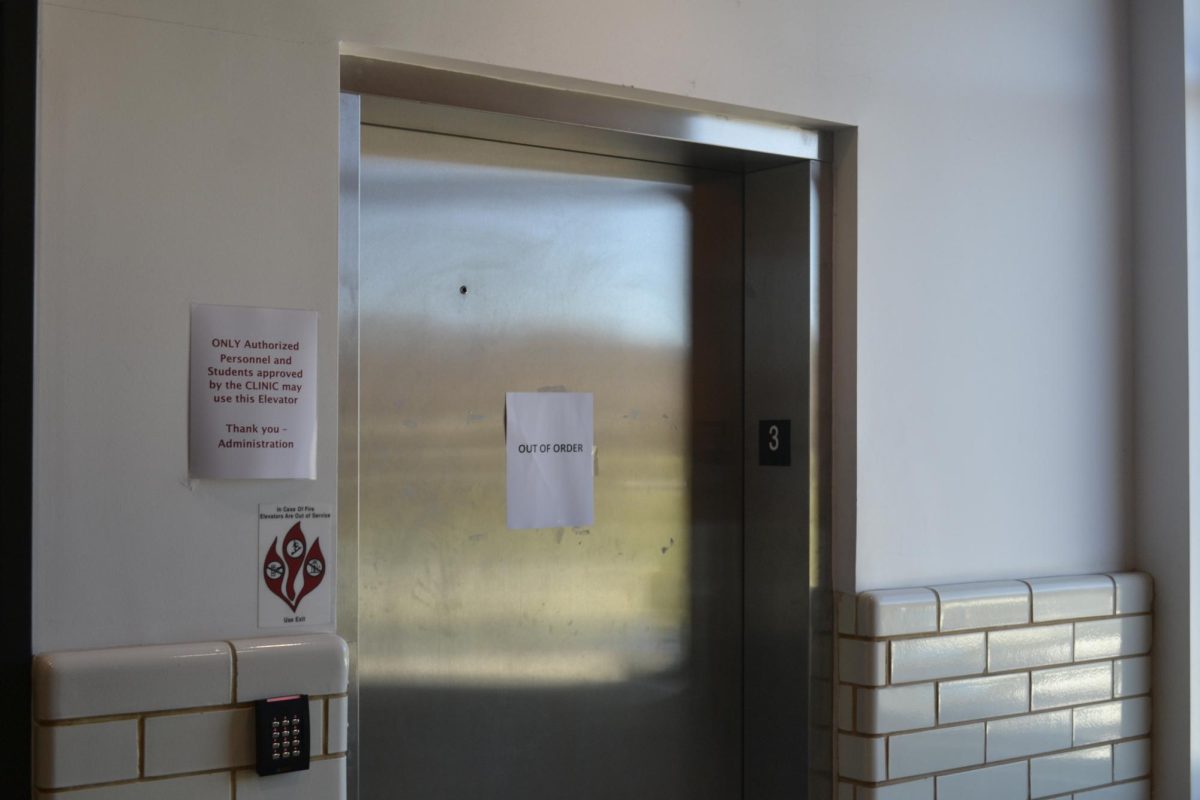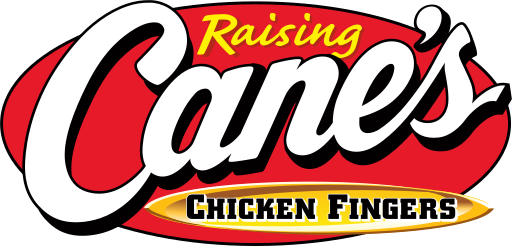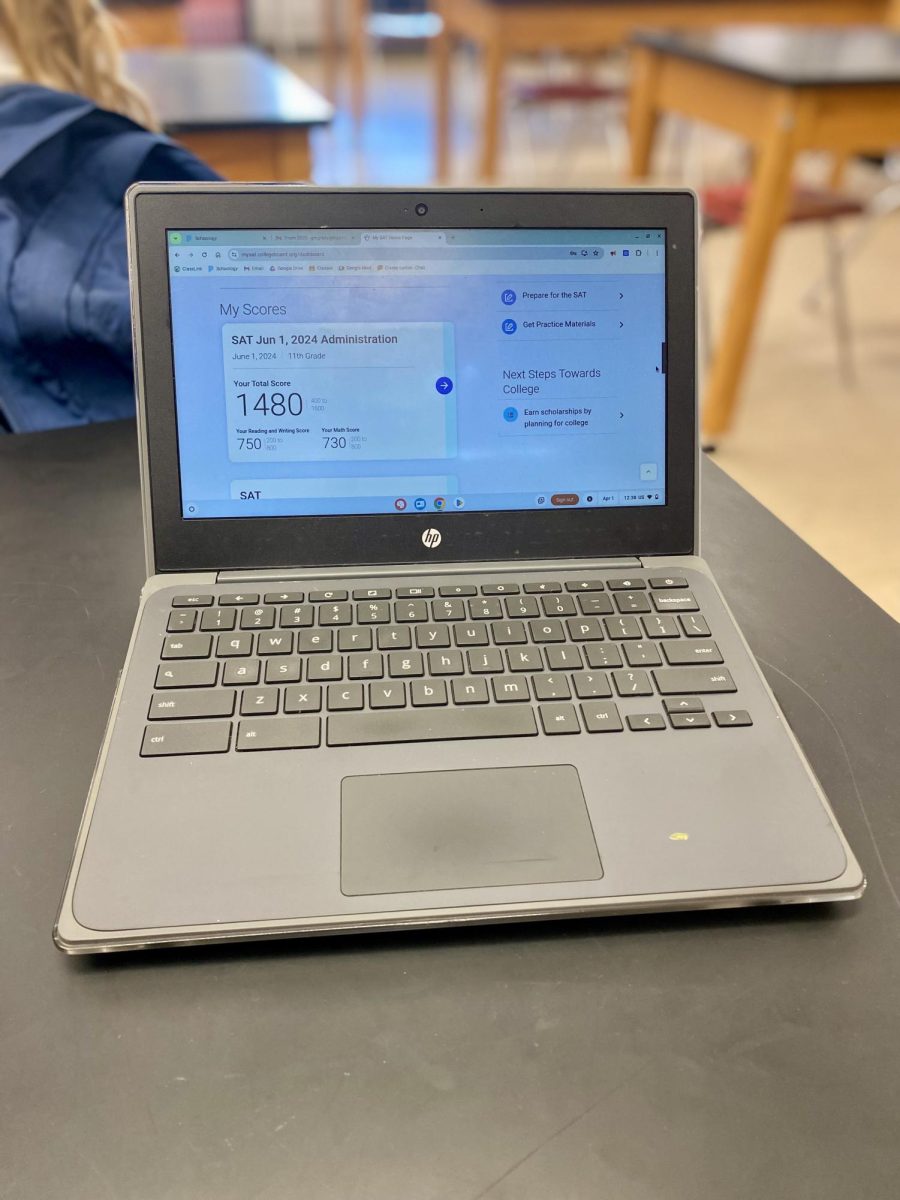Throughout history, students have been censored on certain topics administrators find “controversial” or inappropriate. In some cases students have been intimidated to self-censor their articles that would have caused controversy among the readers. Readers have their own opinions, while journalists have their own, in the majority of occasions bias is excluded unless an article is based on opinions. The problem is that these articles have an impact and purpose that will never reach their peers or community. Due to the censorship created in order to avoid the scandals a blockade has been placed, known as censorship.
In 1988, the principal of Hazelwood East High School censored from the students a special issue by not allowing them to publish topics on teen pregnancy and the impact of divorce on students. The student staff sued. The U.S. District court said the students’ First Amendments were not violated. After this incident had occurred, the administrative control on student speech widely expanded.
Student shouldn’t be required to censor articles or topics if time and effort was invested into an article. It was made with a purpose and has an impact to make. If the impact is prevented or blocked from reaching an audience with a right to know, consequences are certain to follow.
According to the First Amendment in the U.S. Constitution, prohibiting the free exercise of the press is considered against the law. Due to the fact that these are school-sponsored publications, school officials have certain standards they must meet before they can legally censor a students publication under the First Amendments. These standards were set after many school cases went through this situation.
The annual Super Bowl gives an opportunity for many appealing commercials to be produced. Recently during the 2019 Super Bowl, The Washington Post bought a 60-second commercial. This commercial displayed events from World War II to the present, the narrator described the journalists as eyewitnesses and fact-gatherers. The ad ended with the Washington Post’s logo and the quote “democracy dies in darkness.” Past footage of major events and journalists that were killed also were recognized in the commercial.
Journalists risk their lives from day to day to bring the people the information they deserve and this commercial served as a way to deliver the message to a broader audience. Our community and citizens of the country have the right to know what is going on. Whether it’s locally or nationally the news should get out to the people. As we all know, news won’t always be good news or news we want to hear. Yet we all want to know what our society is facing and the issues that need solving.
By Amanda Arellano – Staff Reporter

